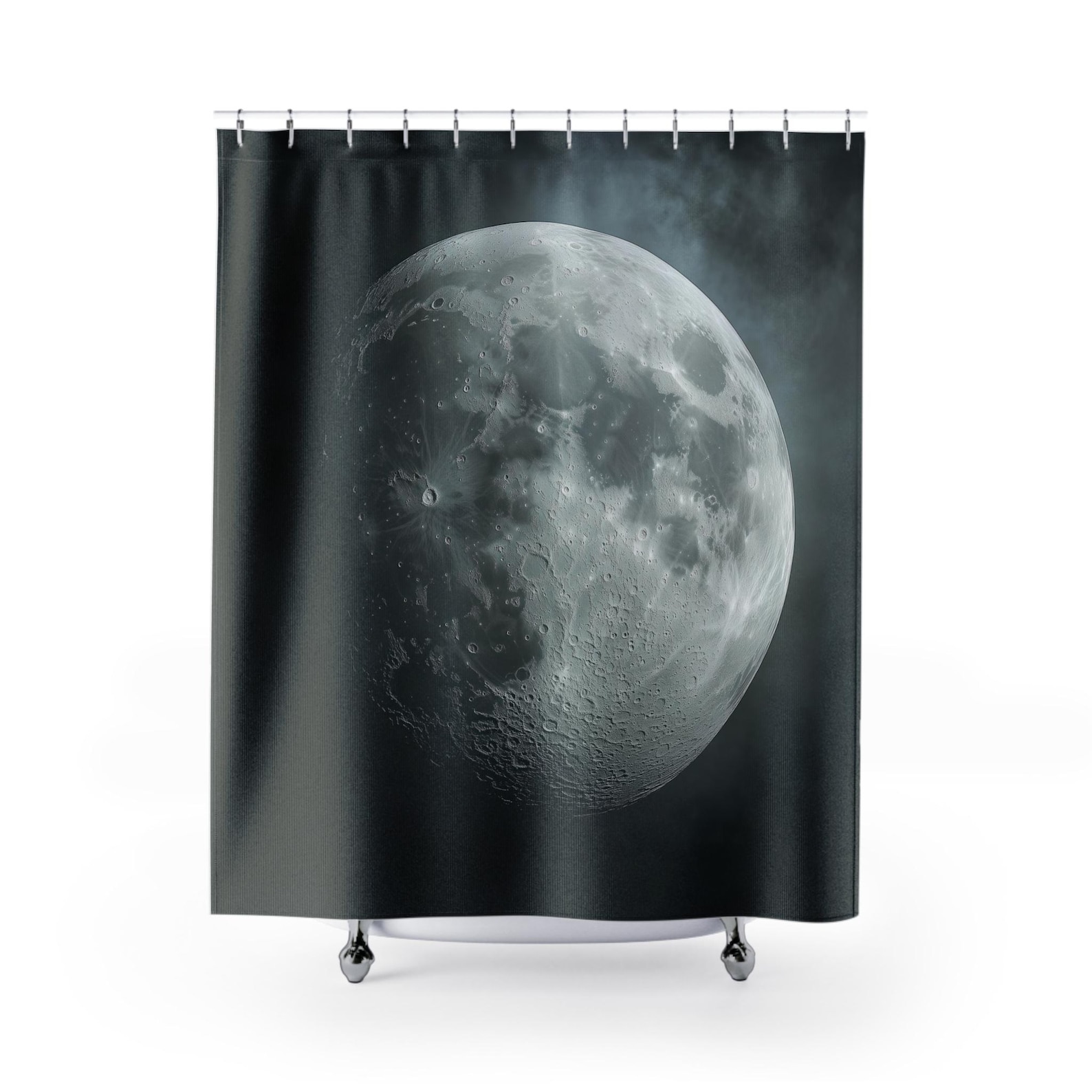The Art of Communication
Every voice carries its own rhythm. The art of communication is learning to hear yours—and using it without sanding off the edges that make it real.

Master your voice. Adapt with intention. Stay clear without losing yourself.
Communication is not a checklist—it’s a canvas. It’s not only what you say but how people experience you. Your tone, rhythm, pauses. Eye contact. The way you lean in—or hold back. These brushstrokes add up to the whole picture.
Some people paint with stories. Others with sharp questions. Some with blunt clarity. Each is valid.
The trap? Believing there’s a single “perfect” style—smooth, polished, TED-Talk slick. If that isn’t your natural palette, it feels like cosplay. And people notice.
Your job isn’t to mimic someone else’s performance. It’s to find your own rhythm, and then refine it.
Step 1: Identify Your Style
Your communication style isn’t what you wish it was—it’s what already works when you’re not overthinking.
Try this:
- Record a casual conversation with a friend. Play it back. Notice your patterns: Do you pause and punch? Go off on tangents but still carry people along?
- Ask three friends: “Why do you trust me when I talk?” Listen carefully—are they pointing to humor, intensity, calm, no-BS?
- Check your energy: Which conversations drain you? Which leave you wired? That’s your compass.
Step 2: Own It Without Over-Polishing
Edges make you memorable. Sand them down too much and you sound generic.
Try this:
- Write down three traits that show up when you’re at your best (e.g., blunt but thoughtful, funny, calm under pressure).
- Next time you speak in a meeting, consciously lean on one of those traits. Not all three. See how it lands.
Step 3: Adapt Without Shapeshifting
Your style is the underpainting—the base layer. But you don’t copy-paste it everywhere.
Practical adjustments:
- With clients → keep your edge but dial down sarcasm.
- With a crowd → pause longer, anchor your main point.
- With friends → let the chaos out.
Adaptation isn’t fake—it’s fluency. If your voice cracks the moment you flex it, it’s not a style. It’s a mask.
Step 4: Avoid the “Schtick Trap”
Once people “find their style,” they sometimes grip it too tightly. That’s when it becomes a brand, a gimmick, a box. Predictable. Boring.
Try this:
- Review your last five posts, emails, or conversations. Do they all sound the same?
- Experiment: If you’re usually sharp, soften once. If you’re usually soft, go sharper once. Surprise yourself.
Real connection lives in contrast.
Step 5: Keep It Alive
Your voice isn’t a script—it’s a living artwork.
Mantras worth keeping:
- You don’t need volume to be clear.
- You don’t need filler if the point hits.
- You don’t need to mimic someone else’s tone to be compelling.
Let your writing feel like how you speak.
Let your speaking land like how you think.
Keep the brush moving.












